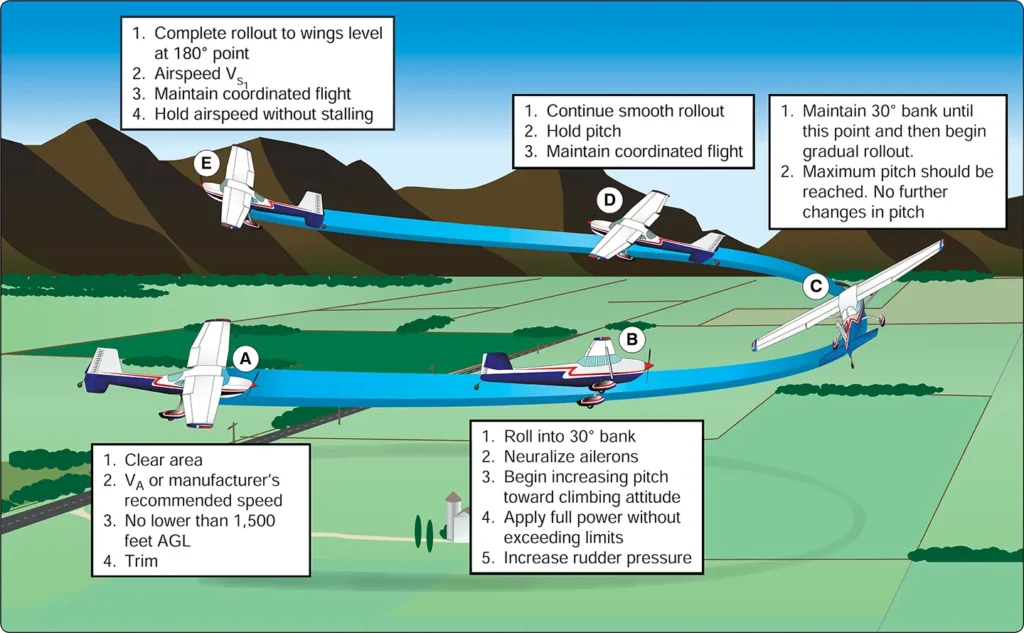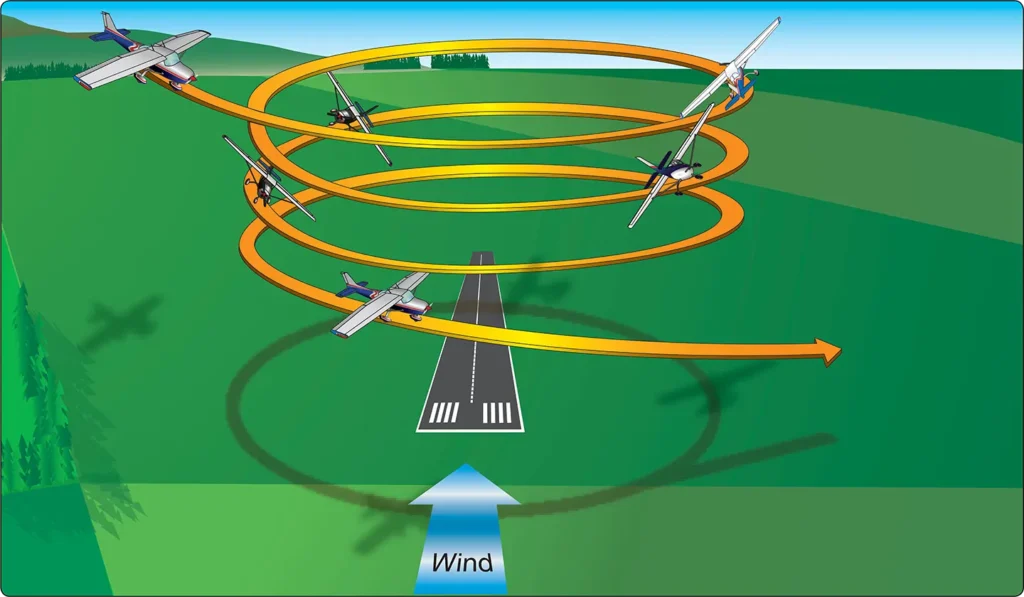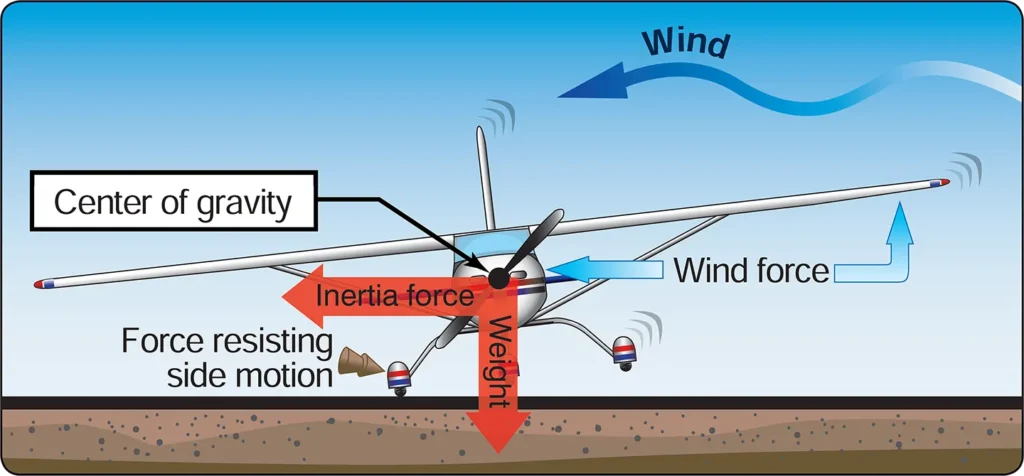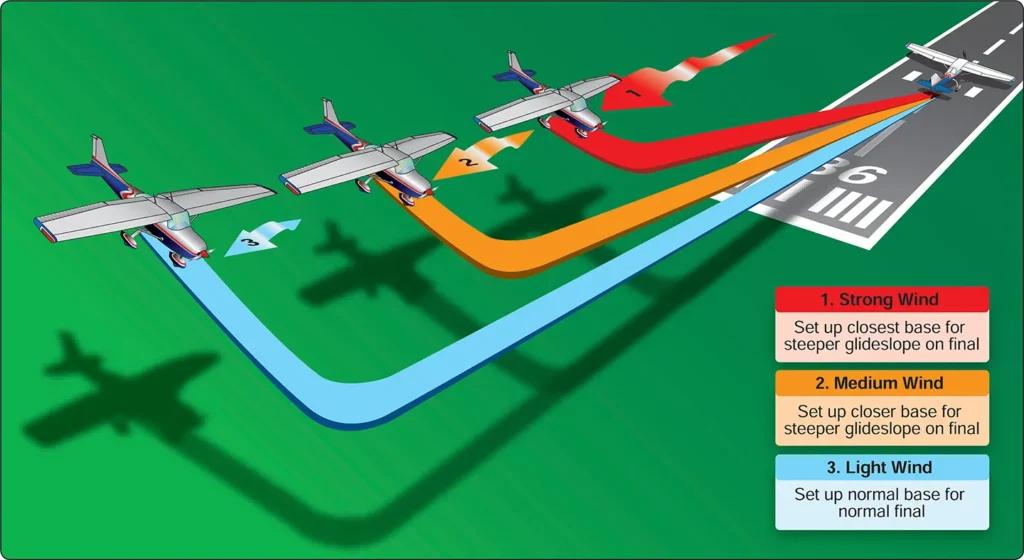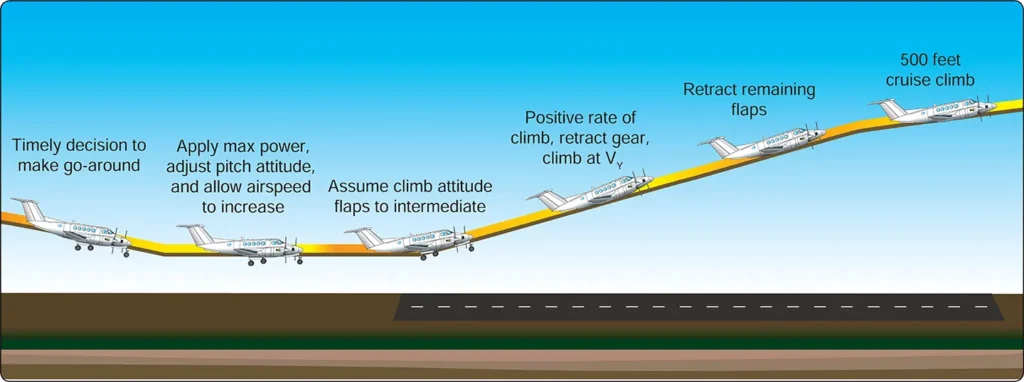Chandelle and Lazy Eight | Airplane Performance Maneuvers
Airplane Flying, Flying TrainingChandelle A chandelle is a maximum performance, 180° climbing turn that begins from approximately straight-and-level flight and concludes with the airplane in a wings-level, nose-high attitude just above stall speed. [Figure 1] The goal is to gain the most altitude possible for a given bank angle and power setting; however, the standard used to judge […]
Chandelle and Lazy Eight | Airplane Performance Maneuvers Read Post »

